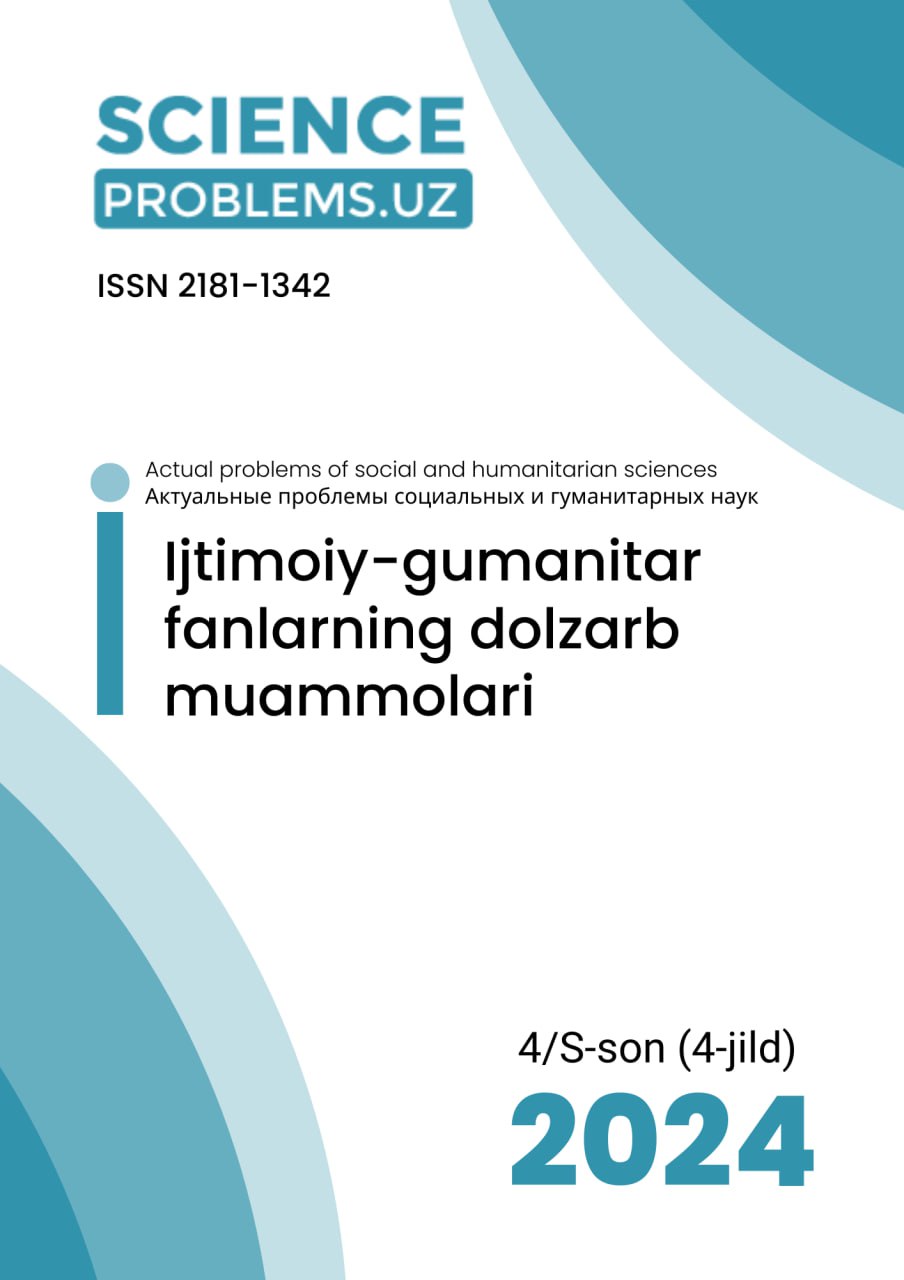ANTROP TAMOYIL HAQIDAGI FALSAFIY QARAShLARNING DINAMIKASI
Kalit so'zlar
https://doi.org/10.47390/SPR1342V4SI4Y2024N15Kalit so'zlar
Antrop tamoyil, dinamika, kosmologiya, konsepsiya, yaratuvchi, zaruriyat, tasodifiylik, tabiat, etnogenez, qadriyat, koinot, olam va odam, nisbiylik nazariyasi, gravitatsiya, vaqt.Annotasiya
Antropik printsip inson va koinotning o'zaro bir-biriga bog'liqligini o'rganadi. Inson va olam mutanosibligida falsafiy jihatlari keng yoritilgan. Unda inson va olamning mohiyati, Antrop tamoyilning bir necha talqinlari, falsafiy qarashlarning dinamikasi, kosmogonik antrop tamoyildan diniy qarashlarga o‘tish jarayoni, o‘sha davrda ijod qilgan faylasuflar va ularning ilmiy merosi haqida keng bayon etilgan. Antrop tamoyil bu Olamning hayot yuzaga kelishi uchun mos shaklda tashkillashgani bilan bog‘liq falsafiy konsepsiyaning mazmun-mohiyati tahlil qilinadi.
Manbalar
Carter, B. (1974). Large number coincidences and the anthropic principle in cosmology. In Confrontation of Cosmological Theories with Observational Data (pp. 291-298). Springer.
Greenstein, G. (1988). *The Symbiotic Universe: Life and Mind in the Cosmos*. New York, NY: William Morrow and Company, p. 47., p. 47
Greene, B. (1999). The Elegant Universe: Superstrings, Hidden Dimensions, and the Quest for the Ultimate Theory. Vintage Books; Guth, A. H. (1981). Inflationary universe: A possible solution to the horizon and flatness problems. Physical Review D, 23(2), 347-356.
Tegmark, M. (2003). Parallel universes. Scientific American, 288(5), 40-51.
Milne, E. A. (1935). Relativity, Gravitation, and World-Structure. Oxford University Press.
Dirac, P. A. M. (1930). The Principles of Quantum Mechanics. Clarendon Press.
Kuhn, T. S. (1962). The Structure of Scientific Revolutions. University of Chicago Press.
Weyl, H. (1921). Space-Time-Matter. Methuen & Co.
Shermuxamedova N. Falsafa va fan metodologiyasi. –Toshkent: Universitet, 2005.








